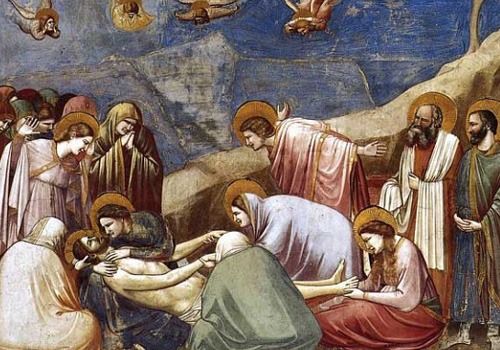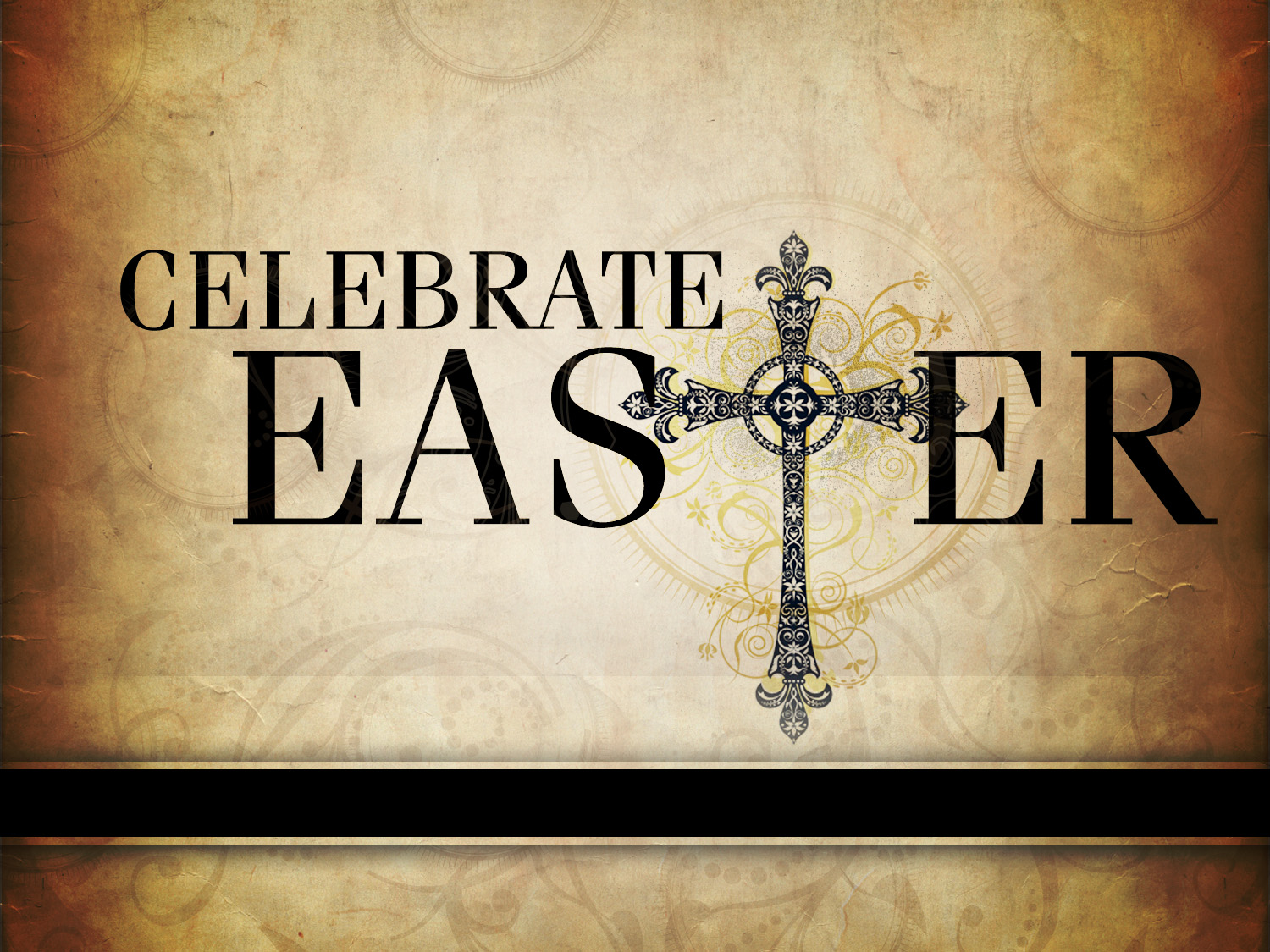Sábado de Gloria, or Holy Saturday, is a significant day in the Christian liturgical calendar, marking the day before Easter Sunday. It represents a time of reflection, anticipation, and celebration as the culmination of Holy Week approaches. This day is celebrated in various ways across different cultures, with food playing a central role in the festivities. In this article, we will explore the traditions associated with Sábado de Gloria, particularly focusing on the culinary delights that accompany this special day.
The Significance of Sábado de Gloria
Sábado de Gloria holds profound spiritual importance for Christians, symbolizing the time when Jesus lay in the tomb after his crucifixion and before his resurrection. It is a day filled with hope and expectation, as believers prepare to celebrate the resurrection of Christ on Easter Sunday. The day is often observed with solemnity, but it also marks the beginning of joyous celebrations.
Traditional Foods for Sábado de Gloria

Food is an integral part of Sábado de Gloria, with various traditional dishes being prepared and enjoyed across the globe. Different regions have unique culinary practices that reflect their cultural heritage. Here are some common foods associated with the celebration:
- Capirotada: A traditional Mexican bread pudding made with layers of bread, cheese, cinnamon, and dried fruits, capirotada is a staple during Lent and especially on Sábado de Gloria. Each ingredient holds symbolic meaning, such as the bread representing the body of Christ.
- Fish Dishes: Many Christians abstain from meat during Lent, so fish becomes a popular choice. In coastal regions, seafood is often featured in festive meals, with dishes like bacalao (salted cod) taking center stage.
- Empanadas: These savory pastries filled with meat, cheese, or vegetables are a beloved treat during the festivities. Each family may have its own recipe, passed down through generations.
- Palm Sunday Breads: Freshly baked breads shaped like palms are often made to commemorate Jesus’ entry into Jerusalem, adding to the festive spirit.
- Cakes and Pastries: Sweet treats such as tres leches cake, pan dulce, and other confections are commonly enjoyed as families come together to celebrate the resurrection of Christ.
Regional Variations of Sábado de Gloria Celebrations

While the essence of Sábado de Gloria remains the same, the way it is celebrated can vary greatly between cultures and regions. Here are some notable examples:
Mexico
In Mexico, Sábado de Gloria is often celebrated with lively gatherings and feasts. Families come together to share traditional dishes, and children may engage in playful activities, such as the “Sábado de Gloria” tradition of soaking friends and family members with water balloons, symbolizing purification and renewal.
Spain
In Spain, particularly in Andalusia, Sábado de Gloria is marked by solemn religious processions and celebrations. Traditional Spanish dishes, like tortilla española (potato omelet) and various seafood dishes, are served during family gatherings, emphasizing the communal aspect of the holiday.
Latin America

Countries like Colombia, Peru, and Venezuela also have their unique takes on Sábado de Gloria. Colombian families may prepare ajiaco, a hearty chicken soup, while Venezuelans often indulge in arepas filled with various ingredients, showcasing the diversity of Latin American cuisine.
Community and Family Gatherings

Sábado de Gloria is not just about the food; it is also a time for families and communities to come together. The sharing of meals fosters a sense of togetherness and reinforces familial bonds. Here are some ways communities celebrate:
- Community Feasts: Many communities organize potluck-style feasts where everyone brings a dish to share, embracing the spirit of collaboration and celebration.
- Religious Services: Many families attend church services on Sábado de Gloria, participating in rituals and prayers that deepen their faith and understanding of the significance of the day.
- Outdoor Activities: With the arrival of spring, many families take advantage of the warmer weather to enjoy picnics and outdoor gatherings, often featuring traditional foods.
- Cultural Performances: In some regions, local artists may perform traditional music and dances, enriching the cultural experience of the celebration.
The Economic Impact of Sábado de Gloria
The celebration of Sábado de Gloria has a notable economic impact, particularly in regions where tourism plays a significant role. Many cities host festivals and events that attract visitors, leading to increased business for local restaurants, bakeries, and markets. Here are some key statistics:
- According to a report from the Mexican Ministry of Tourism, domestic travel increases by approximately 30% during the Holy Week period, boosting local economies.
- Restaurants often see a significant rise in revenue, with many offering special menus and discounts to attract families celebrating the occasion.
- Local markets experience a surge in the sale of traditional ingredients, such as fish, spices, and baking supplies, as families prepare for their festive meals.
Sábado de Gloria is a day rich in tradition, spirituality, and culinary delights. As families and communities come together to celebrate the resurrection of Christ, the foods prepared and shared play an essential role in the festivities. From capirotada in Mexico to seafood dishes in Spain, the diverse culinary practices reflect the cultural heritage of various regions. The day serves as a reminder of the importance of family, community, and faith, reinforcing the bonds that unite us all. As we partake in these traditions and flavors, we not only honor the significance of Sábado de Gloria but also create lasting memories that will be cherished for years to come.


